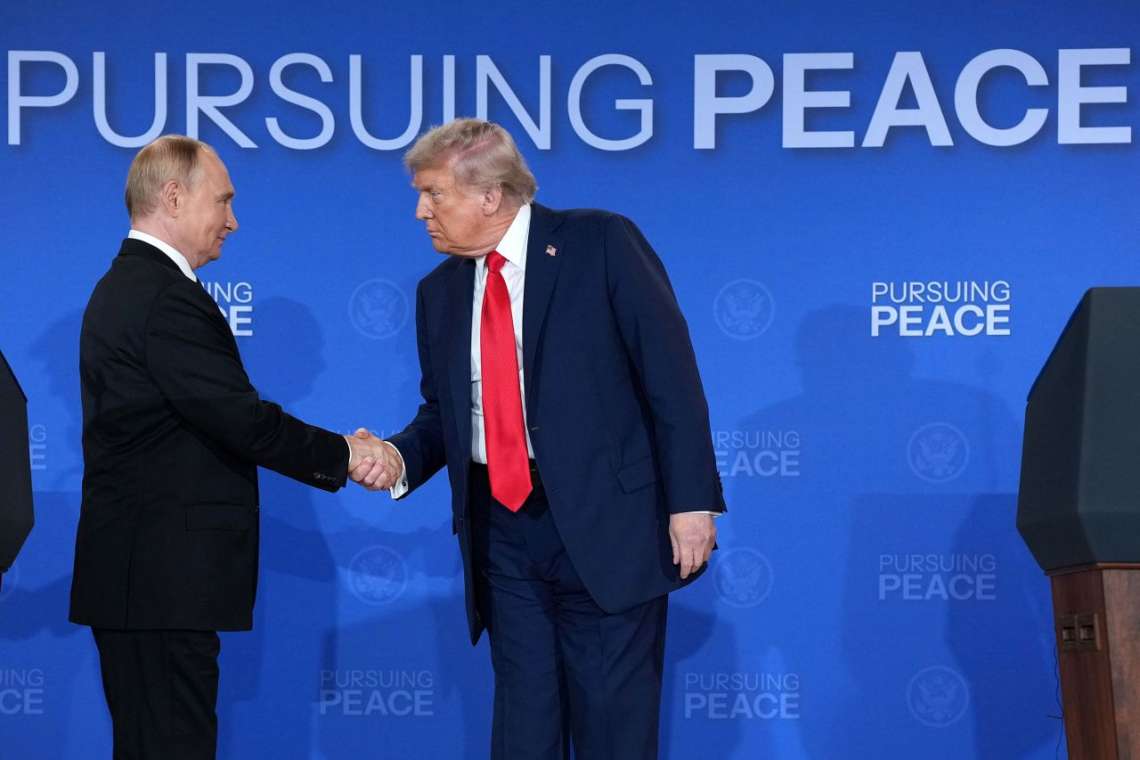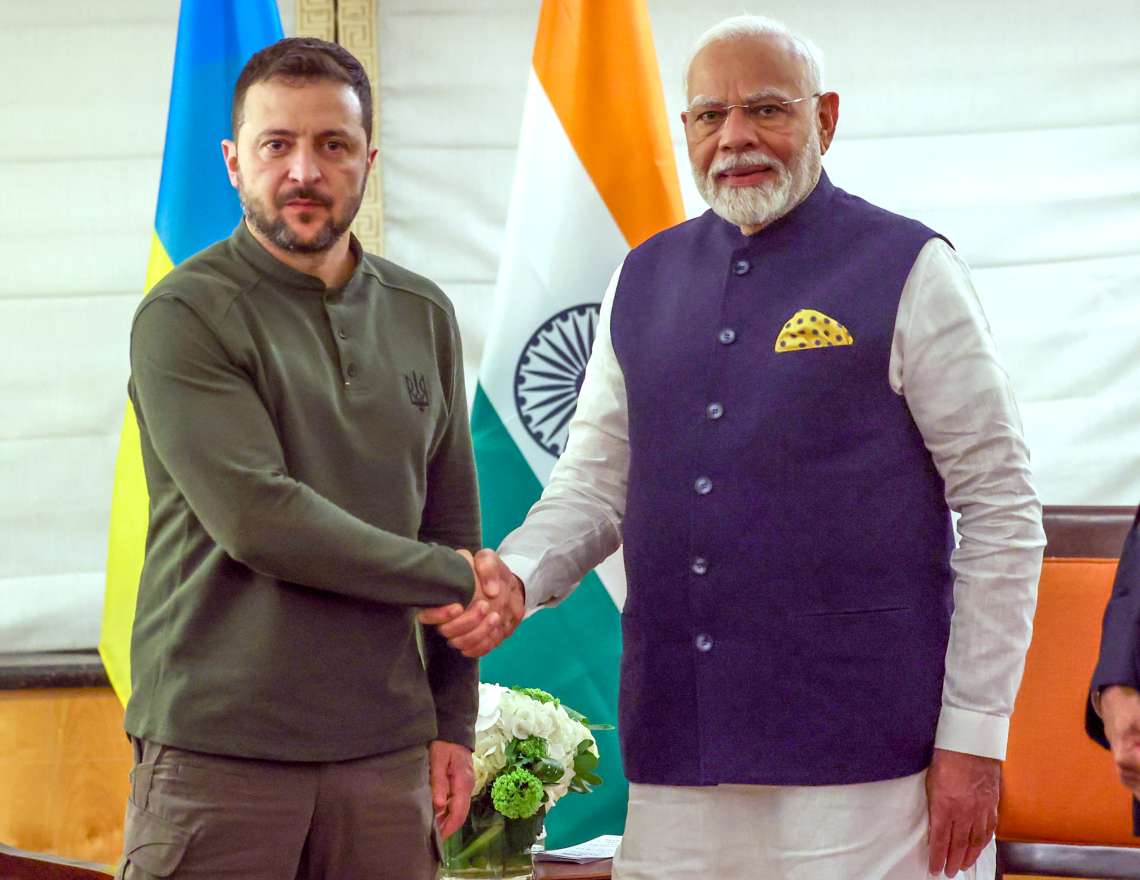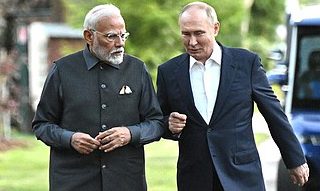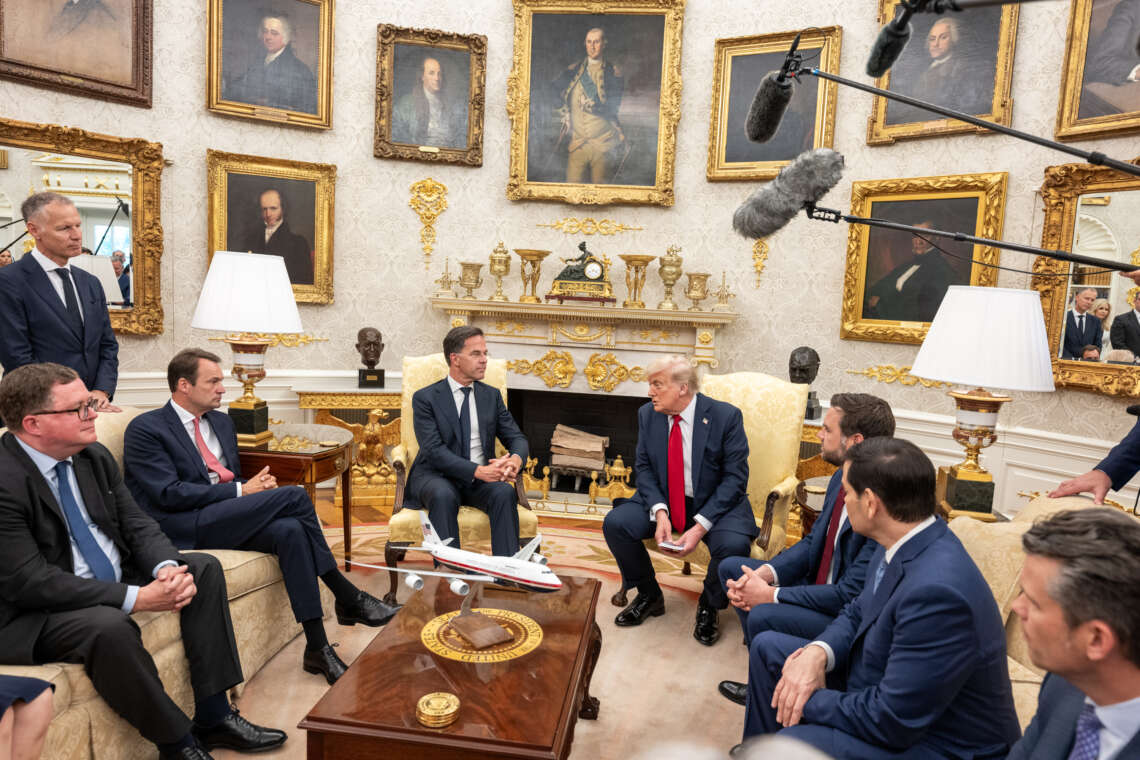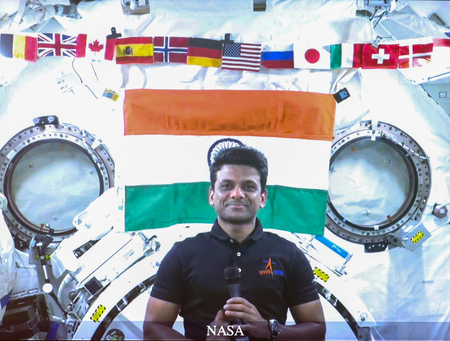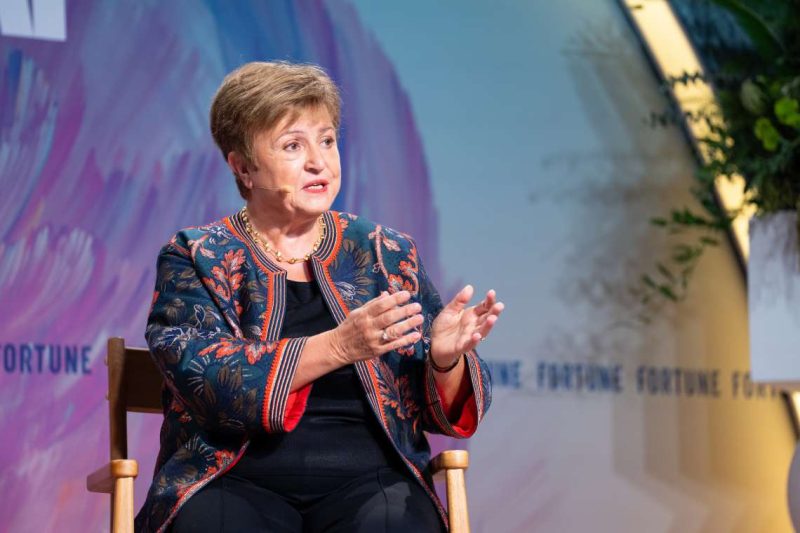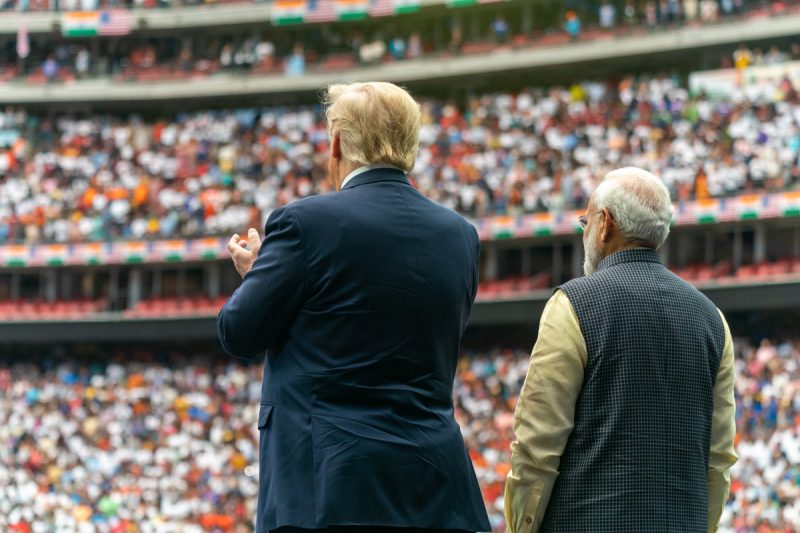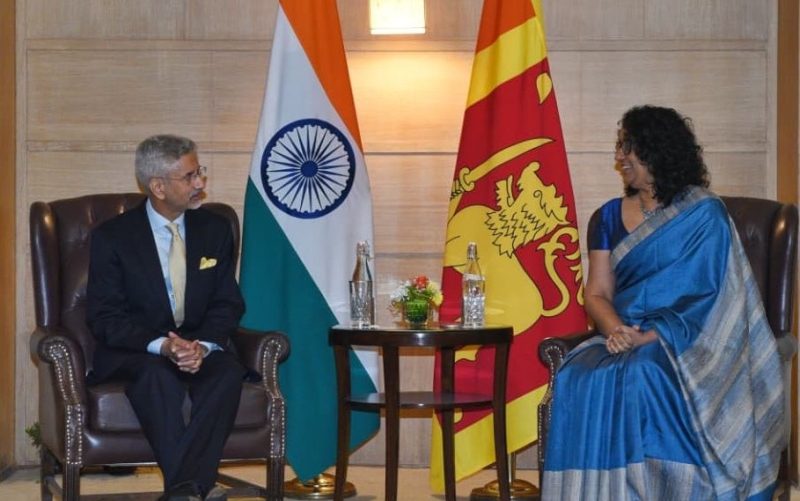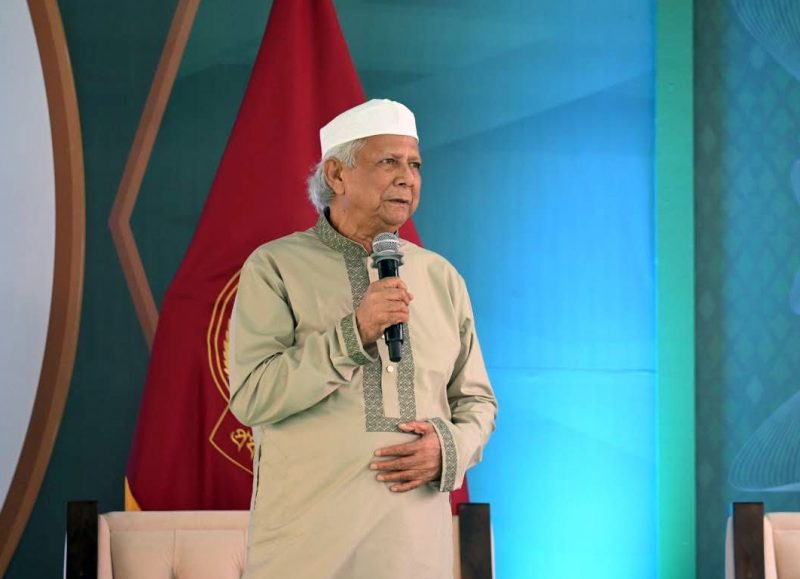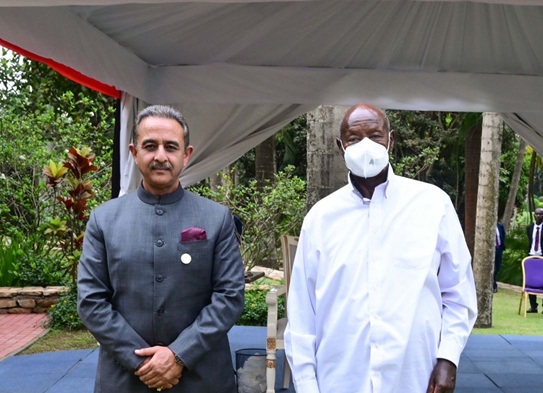President Putin praised Trump’s efforts to facilitate dialogue and reaffirming that Ukraine’s security must be guaranteed.
US President Donald Trump and Russian President Vladimir Putin concluded a landmark summit in Anchorage, Alaska, on Friday, signalling potential progress toward ending the devastating Russia-Ukraine conflict. While no formal deal was reached, both leaders described the meeting as “very productive,” emphasising dialogue, cooperation, and a shared interest in reducing the human toll of the war.
Speaking at a joint press conference after the three-hour meeting, Trump said thousands of lives could be saved weekly if Moscow and Kyiv act on agreed points. “We’re going to stop 5,000, 6,000, 7,000 people a week from being killed, and President Putin wants to see that as much as I do,” Trump said, underscoring the humanitarian stakes.
Although key issues remain unresolved, the US President expressed optimism about the next steps. He confirmed plans to brief Ukrainian President Volodymyr Zelenskyy and NATO allies on the discussions, and emphasised that Kyiv’s involvement is essential for any meaningful peace agreement. “Now it’s really up to President Zelenskyy to get it done. They’re going to set up a meeting now between President Zelenskyy and President Putin and myself, I guess,” Trump said, noting that a trilateral summit could soon follow.
Putin echoed the sentiment, praising Trump’s efforts to facilitate dialogue and reaffirming that Ukraine’s security must be guaranteed. “Naturally, we are prepared to welcome that,” Putin said, highlighting the need to address the root causes of the conflict and restore a just balance of power in Europe. The Russian President also stressed constructive engagement from Kyiv and European capitals, cautioning against attempts to sabotage the ongoing process.
Despite the absence of a formal agreement, the summit marked a rare high-level dialogue, with both sides signalling willingness to continue discussions. Putin invited Trump to Moscow for further talks, an offer the US President tentatively accepted. Trump described the summit as “10 out of 10, in the sense that we got along great,” reflecting the unusually warm tone of engagement between the two leaders.
The Alaska summit, held at Joint Base Elmendorf-Richardson, brought together senior officials from both countries, including Russian Foreign Minister Sergey Lavrov and US Secretary of State Marco Rubio, alongside special envoys. Both leaders arrived with high-level delegations, greeted each other on the red carpet, shook hands, and even travelled together in Trump’s presidential limousine—a highly unusual display of cordiality and mutual respect.
Historical and symbolic context also underpinned the meeting. Putin recounted Alaska’s role during World War II as a bridge for US military supplies to the USSR, honouring the pilots who risked their lives in the perilous airbridge. He also highlighted Alaska’s enduring Russian cultural heritage, including Orthodox churches and more than 700 geographical names of Russian origin, reinforcing the deep historical ties between the two nations.
The summit was set against the backdrop of the worst deterioration in US-Russia relations since the Cold War. Putin acknowledged this, noting the absence of high-level meetings for four years and the challenges both countries have faced. “This time was very hard for bilateral relations… We have to amend the situation to move on from confrontation to dialogue,” he said, praising direct communication with Trump and the efforts of diplomatic teams on both sides.
Ukraine’s position remained central to the talks. Zelenskyy’s primary demand is a ceasefire, which he has called the “number one” prerequisite for peace negotiations. European diplomats confirmed that Trump indicated he would press for a ceasefire during the summit. Should Moscow agree, Kyiv could secure a seat at a subsequent trilateral summit, joining the United States and Russia to negotiate a durable solution. “Everything concerning Ukraine must be discussed exclusively with Ukraine,” Zelenskyy emphasised, underscoring Kyiv’s insistence on a central role.
Trump and Putin also addressed the origins of the conflict. Putin suggested that had Trump been president in 2022, the war may have been avoided, placing part of the responsibility on the previous US administration. “During the last contact with the previous administration in 2022, I tried to convince my previous American colleague that the situation should not be brought to the point of no return,” Putin said. Trump has repeatedly blamed his predecessor for escalating tensions that culminated in war, a point reinforced during the Alaska talks.
Economic cooperation between the United States and Russia was also discussed. Kirill Dmitriev, Russia’s top economic envoy, described the discussions as productive and highlighted the potential for future partnerships. “We will continue building US-Russia relations going forward despite lots of resistance,” Dmitriev said, signalling a possible thaw in broader bilateral relations beyond the Ukraine crisis.
The summit included an unusually candid exchange, with both leaders noting the impact of previous political controversies on their relationship. Trump referenced the “Russia, Russia, Russia hoax,” asserting it had complicated US-Russia relations but that the summit provided an opportunity to move past historical obstacles.
Despite no immediate ceasefire or formal agreement, the summit is widely regarded as historic. Officials and media outlets emphasised the unprecedented engagement at the highest level, with the potential to pave the way for substantive negotiations involving Ukraine, Moscow, and Washington. Both leaders stressed dialogue, respect, and the humanitarian imperative of resolving the conflict.
Looking ahead, the next steps hinge on Kyiv’s participation. Trump and Putin agreed that a trilateral summit could be arranged to finalise key points, including land swaps and US-backed security guarantees for Ukraine. While several issues remain unresolved, both leaders expressed optimism that meaningful progress can be achieved in the near future.
As the international community watches closely, the Alaska summit has set the stage for potential breakthroughs in the Russia-Ukraine conflict, demonstrating that even amid deep geopolitical divisions, direct engagement and dialogue can create openings for peace.


